In the competitive world of B2B sales, appointment setting is the cornerstone of building strong relationships with potential clients.
Whether dealing with warm leads or cold prospects, the ultimate goal is to schedule meetings that lead to conversions. However, the methods used to achieve this vary significantly between warm and cold sales appointment setting. Here’s a comprehensive guide on the best practices for excelling in both areas.
Warm Appointment Setting: Building on Established Interest
Warm appointment setting focuses on reaching out to prospects who have already shown interest in your offerings. These individuals are more likely to engage, but it’s essential to nurture this interest effectively.
1. Understand the Prospect’s Journey
Take the time to review the lead’s interactions with your brand. Analyze their actions, such as website visits, downloaded resources, email engagement, or previous inquiries. Understanding their behavior lets you personalize your approach and address their needs.
2. Personalize Every Interaction
Warm leads expect tailored communication. Use their name and reference their previous interactions with your brand. For instance, “I noticed you recently downloaded our eBook on [Topic], and I’d love to discuss how we can help address your challenges in this area.”
3. Strike While the Iron is Hot
Timing is crucial. Reach out to leads promptly—ideally within 24-48 hours of their initial engagement. Quick follow-ups demonstrate your attentiveness and increase the likelihood of scheduling a meeting.
4. Build Trust Through Value
Provide leads with valuable insights, such as case studies, industry trends, or tips relevant to their business. This positions your company as a trusted advisor rather than just another salesperson.
5. Focus on Relationship Building
Instead of pushing for an immediate sale, invest time understanding the lead’s pain points and long-term goals. This approach fosters a sense of partnership and makes them more receptive to future discussions.
Cold Appointment Setting: Engaging New Opportunities
Cold appointment setting involves reaching out to individuals or businesses with whom you have no prior relationship. While it may seem daunting, a strategic approach can significantly improve success rates.
1. Identify and Target the Right Audience
Success begins with targeting the right prospects. Use data-driven tools and research to identify decision-makers who fit your ideal customer profile. Focus on industries, company sizes, and roles that align with your offering.
2. Craft a Compelling Opening
The first impression matters. Begin with a clear and engaging introduction that highlights your value proposition. Avoid generic pitches and instead focus on personalization: “We’ve helped businesses like yours [specific achievement]. I’d love to explore how we can achieve similar results for you.”
3. Use Multi-Channel Outreach
Leverage various channels—emails, phone calls, and LinkedIn messages—to increase your chances of connecting. Ensure consistency in your messaging across all platforms to reinforce your credibility.
4. Address Their Pain Points
Cold prospects are more likely to engage when you demonstrate an understanding of their challenges. Research their industry trends and common pain points, then position your solution as the answer to their problems.
5. Be Respectful of Their Time
Busy professionals appreciate brevity and relevance. Keep your messages concise and to the point. Clearly state the purpose of your outreach and how you can add value to their business.
6. Follow Up with Precision
Cold appointment setting often requires persistence. Develop a structured follow-up plan to remain top-of-mind without being intrusive. For example, space follow-ups a few days apart provide additional value for each interaction.
7. Equip Your Team with the Right Tools
Invest in tools like CRM systems, data analytics platforms, and automation software to streamline the appointment-setting process. These tools help your team track progress, manage leads, and improve efficiency.
Universal Best Practices for Warm and Cold Appointment Setting
While warm and cold appointment settings have distinct strategies, some overarching practices apply to both:
- Set Clear Objectives
Define what success looks like. Whether it’s the number of weekly appointments or a specific conversion rate, having measurable goals keeps your team focused and accountable.
- Maintain a Customer-Centric Approach
Put the prospect’s needs at the center of your strategy. You build trust and credibility by focusing on solving their problems rather than pushing your agenda.
- Track and Optimize Performance
Monitor key metrics, such as response rates, appointment conversion rates, and feedback from prospects. Use this data to refine your strategies and improve results over time.
- Foster Collaboration Between Teams
Appointment setters and sales teams must work closely together. Share insights from your outreach efforts to ensure sales reps are well-prepared for their meetings.
- Be Transparent and Honest
Avoid overpromising or misrepresenting your offerings. Transparency builds long-term relationships and ensures prospects have realistic expectations.
Conclusion
Effective appointment setting is both an art and a science. Warm appointment setting requires a personal touch and an emphasis on nurturing existing interest, while cold appointment setting demands a strategic and persistent approach to build trust with unfamiliar prospects.
By following these best practices and continuously refining your processes, you can maximize the success of your sales appointment setup efforts and drive meaningful business growth.







